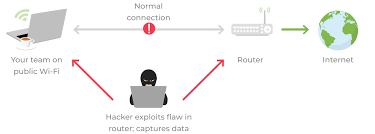24
Sep
Unsecure Wi-Fi networks and phishing hotspots pose significant risks to your online security and privacy. Here are some warning signs to be aware of and precautions to take when encountering such networks: Lack of Password Protection: Unsecure Wi-Fi networks often lack password protection, allowing anyone within range to connect without authentication. Be cautious when connecting to open networks that do not require a password, as they can be easily exploited by attackers. Generic or Misleading Network Names: Attackers may create Wi-Fi networks with generic or misleading names to trick users into connecting to them. They may use names like "Free…









